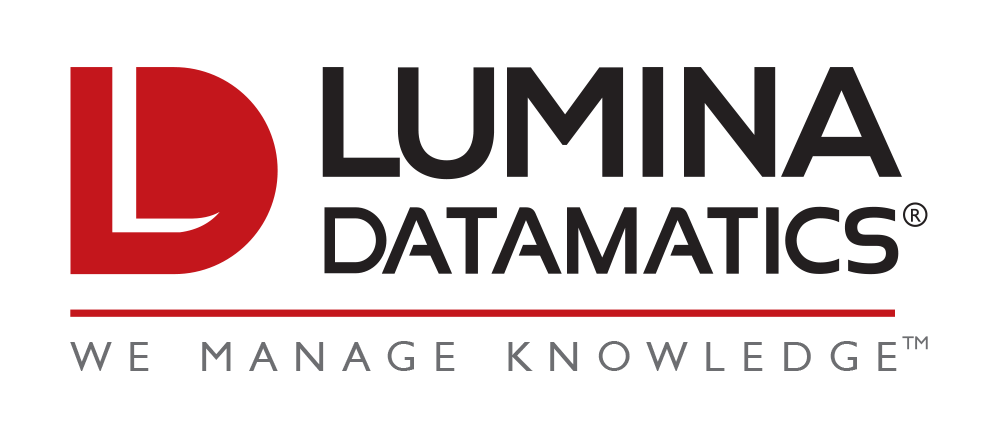Let’s Get Animated!
I’ve been thinking a lot about learning, and how to make it as engaging as possible. Doing so caused me to reflect on my own educational experiences (what I liked, what I didn’t), to chat with some of the wonderful teachers in my life, and to think about the various offerings that we at Lumina provide to our partners.
Most of us in the content or education fields share a common goal of wanting to support learners. Maybe you think of animations as too juvenile, superfluous, or expensive to consider in your product plans. Not so! In fact, animations and other multimedia offerings can be fun ways to augment your content, to teach new concepts, or to maintain your user’s attention, even under unique conditions.
Unique Challenges in Education Today
Most educators are passionate, driven, and hard-working individuals who want nothing more than to engage their students. I (very unscientifically) surveyed a number of the teachers in my life about their motivations as educators, and the common themes that came up revolved around respect, learning and appreciating students’ unique strengths and weaknesses, and most of all, engaging them to be lifelong learners. Teachers today, working within the remote/hybrid/asynchronous/cohorted nightmare climate that is education amid a global pandemic, have an even greater challenge: keeping student’s attention while competing with a home environment. (Keeping in mind that competition can include siblings crying, dogs barking, students opening multiple tabs to look at Netflix/YouTube or play video games, or even students with housing insecurity, babysitting responsibilities, or numerous other circumstances beyond their control.)
So, What Can We Do?
With all this literal and figurative noise, how can we get–and keep–the attention of students? A good place to start is by considering what will be of interest. Different users are drawn to and motivated by different tactics. There is research on various learning styles and how educators can and should use multiple strategies in engaging their students. I’ve written before about AR/VR learning modules, and how I strongly encourage educators to include them as part of their overall toolkit. Today, I propose related, yet different tools: animations and interactives.
To be clear—I’m not here to imply that animations and interactives will solve all of our educational challenges. We don’t yet have conclusive proof of the efficacy of animations/multimedia, nor do I think we ever will. But students may learn better when they are engaged and having fun – or at least when they are not under stress. One bright spot in my own child’s remote learning experience has been the increased opportunity to learn new skills like coding via gaming environments. I never expected to hear my 9 year old get excited over learning coding (especially given my own failed history in that subject area), but she is genuinely excited to learn and work when she’s using such fun, interactive, and animated environments.
The students need to learn, and the educators want to reach them. With all the other challenges we’re facing, let’s make learning as fun as possible!
When Do Animations Work Well?
Animations and interactives can—and should—be used for all learning levels, from pre-k and K-12 audiences, all the way through higher education, continuing ed, and even for corporate training modules. Some content lends itself especially well to animations. For example, stepped out examples are often better illustrated in a dynamic way than by static illustration. In other cases, animations or videos might be a more compelling way to jazz up what could otherwise be seen as relatively dry professional training content. (No shade to the following example from Lumina’s SmartAssessor training program, of course!)
Sometimes they can give the user something to look forward to, breaking up large blocks of text. Sometimes, they’re just neat!
Incorporate Accessibility
When including animations or interactives in a learning strategy, it’s critical to ensure that they are accessible to all users. Complete accessibility compliance must be factored into all digital assets from their inception. Ideally, your digital product can be “born accessible,” or fully accessible from the start. Doing so will not only save you in time and cost, but it will lead to a richer experience for all users.[1]
Whether your content is better presented as an interactive or animation, you’re trying to keep your user’s attention, or you’re simply trying to engage a subset of your userbase, using animations can be a fun and easy way to accomplish those goals.
How to Get Started? With a Team of Experts!
At Lumina, we offer various models for helping to create animations and other multimedia products. Our cross functional team can handle the entire process, beginning with concepts, scripting, storyboarding, all the way through the final product delivery. We can also snap in and provide support for any stage in the process that you may need. With locations and content, media, and accessibility experts located around the globe, our services can work within most budgets. Despite what you may think, a quality animation program doesn’t have to cost a small fortune!
Are you interested in developing some accessible animations to supplement your product or course? We want to hear from you! Email the Lumina team to discuss your ideas or receive a quote, or visit our website to learn more about Lumina Datamatics.
——————————————————————
[1] I think it’s important for me to note here that the examples in this piece were not actually born accessible. The accessibility features were added retroactively, some as I was writing this piece. Sometimes, retrofitting is the best option, and that’s okay!





0 Comments